
Revisiting a few of my favorite memories in Italy. Planning your 2021 trip to Italy? Don’t forget to add Herculaneum (and Pompeii) to compare/contrast the ruins.
Lost in the shadow of Pompeii popularity is Herculaneum. Everyone has studied the history of Mt. Vesuvius and its aftermath the most famous being Pompeii but there are other areas that were affected and ruins found over the years. There are actually five Naples archeological sites to visit – Pompeii, Herculaneum, Oplontis, Boscoreale and Stabiae. I’d never heard of others either! Having visited Pompeii twice already, I opted to explore Herculaneum and see how it differed from it’s more famous neighbor. Herculaneum is an easy day trip from Naples and Sorrento.
Train to Herculaneum (Naples to Ercolano Scavi)
You can read my adventure on the Circumvesuviana train from Naples to Herculaneum but the key takeaways are – don’t get distracted, board the blue or green line, have cash for the ticket and bathrooms and since there are two Ercolano stops you want the Ercolano Scavi stop. The ride should be less than ½ hour from Naples Garibaldi Train Station.

The train station is at the top of the town and looks and feels like any suburban train station which is to say it’s unremarkable except for the folks who greet you when you exit. Do you want a taxi? Do you want to buy x? Nope. You can walk straight downhill (remember there’s an uphill on the way back so break it up with a lunch or dinner stop) on either sidewalk to the Herculaneum entrance, about ¼ mile.

Herculaneum – More Intimate and Lesser Known than Pompeii
First Look – The City of Herculaneum
As you enter the grounds at Herculaneum your first view is this and I was really surprised to see how well preserved the buildings looked from above.

The city, at the base of the mountain, was devastated and yet so well preserved as you can see from above. Much was due to the fact that Herculaneum was a rich sea town and it was covered with wet ground and tsunami like effects along with the hot ash and apparently the wood used carbonized the structures. This difference has led to many discoveries over the years that are much different from Pompeii (wood furniture, a boat and everyday objects). Much is still undiscovered. To enter the ruins and explore further, you need to go to the Visitor Center for a ticket. Combination tickets are available if you wish to spend three days here or at any of the other locations in the area.

Herculaneum Visitor Center
The visitor center is all shiny and new. The entry price was €11. Backpacks are not allowed so you will need to check your pack at the center. The center has free guides in various languages (you can also download the guide free to read in advance). There are bathrooms (free!) at the center and near the snack bar (I had to laugh at the sign since bathrooms in Italy generally charge a fee).


As you exit the visitor center you walk the path to the top of the railing and look down at this unbelievable town that existed so long again. The juxtaposition with the newer homes and apartment buildings surrounding the excavation was crazy. You can see how deep down the town was vs. today’s level and you wonder what else is underground waiting to be discovered (In Naples, the underground tour was one such find and even then there is more to discover underneath). It’s hard to believe that this was a sea town given the land that surrounds it now.


The Roman Homes of Herculaneum
With map in hand, my new friends and I started at the end of the town walking over the bridge to what was a street lined with homes. I noticed the narrow streets and what seemed like sidewalks in some places. There are thirty four buildings open to visitors – Roman homes, public buildings like the Temple and Palestrae, shops and baths.


Herculaneum was a wealthier town than Pompeii and I felt that almost immediately in the level of detail, color and condition of the homes – it is amazing. Unlike Pompeii, there are full frescos in many colors, mosaic floors and buildings that were slightly affected. You had a great opportunity to understand scale of the buildings (many vaulted or multi-storied), how they connected, the decorations on the floors and the walls as well as imagine how life existed in this village back in its time.




In Pompeii, where many ruins are roped off, here in Herculaneum, we, for the most part, had free reign which meant that we were very curious to see the differences in each of the structures. There were many to see and similar to an open house at home, we were curious to see how the neighbors lived, which meant it took a long time to visit each home. Herculaneum is not a quick visit in my opinion, you have the opportunity to explore a bit more in depth according to your interest. Of course, you can do a drive by for the Instagram photos but to glimpse into history you’ll want to explore the nooks and crannies.


The Skeletons of Herculaneum
As the excavation has occurred in many stages over the years, initially found in an underground tunnel dig, there are still surprises to be discovered. One recent discovery, in 1980, was 300 skeletons found with coins and other everyday objects at the time as they tried to escape. Seeing the skeletons made this history lesson so much more real. At a time when we’ve seen so many natural disasters and the consequences, this archeological site is a reminder how nature can destroy so many years ago but we can’t forget the present.

The Colors of Herculaneum
That the colors are still able to be seen and appear in some cases vibrant thousands of years later is remarkable. At Pompeii, I’ve seen the red hues and the blues. In Stabiae, at Villa San Marco, many of the better frescos were removed but the reds remained. Here in Herculaneum, full color was on display.




The Village Life of Herculaneum
As I walked through the neighborhood of homes, I turned into what seemed to be the town meeting place based on its size and shape. There was large Temple with vaulted ceilings and an altar space as well as what seemed to be stalls for a market or storefront.


You can imagine the baker was there (we saw the stoves) and start to build in your mind the trading post and shopping available in the town before Mt. Vesuvius surprised the village.



We walked along the street leading downhill toward a water source and what would be seen as boathouses potentially and now the site of the found skeletons. This view of the village was very different from above. Upon first sight above, it was ruins, yet now as I explored further, I was personalizing the town and how it must have felt to wake up on a normal day, go about your lives only to have the unexpected wipe it all out – to cease to exist. Maybe it was the emotional toll of the past month with the unexpected shift in my life or the natural disasters of my lifetime that I’ve watched in the media that made this visit so much more to me.



The Cool Exit of the Tunnel
Having started our tour of the town from the bridge up through the town and then down to the water source, we exited walking up the tunnel (passing some who decided this was their starting point). After the sweltering visit in the direct sun for which some homes provided a temporary respite from the sun, this uphill steady walk of steps was very cold and dimly lit. It was as if the cool breeze and uphill climb was transporting me back to life. I was leaving the sad memories of the visit behind and slowly ascending back to the detached history that I began with. It was definitely a different experience than Pompeii.

Herculaneum – Final Thoughts
I chose to slowly visit the site with my new friends – I didn’t run ahead as I normally do. I read the guide with each address, wandered through with few visitors and sat down to take it all in. The fact that the site is a much smaller area and more well preserved compared to Pompeii allowed me to personalize this visit. I may not have learned about Herculaneum in my history books but it should be visited and explored in addition to Pompeii so you can have a compare and contrast like I did. Herculaneum was a highlight on my Naples visit, more than I thought it would be.

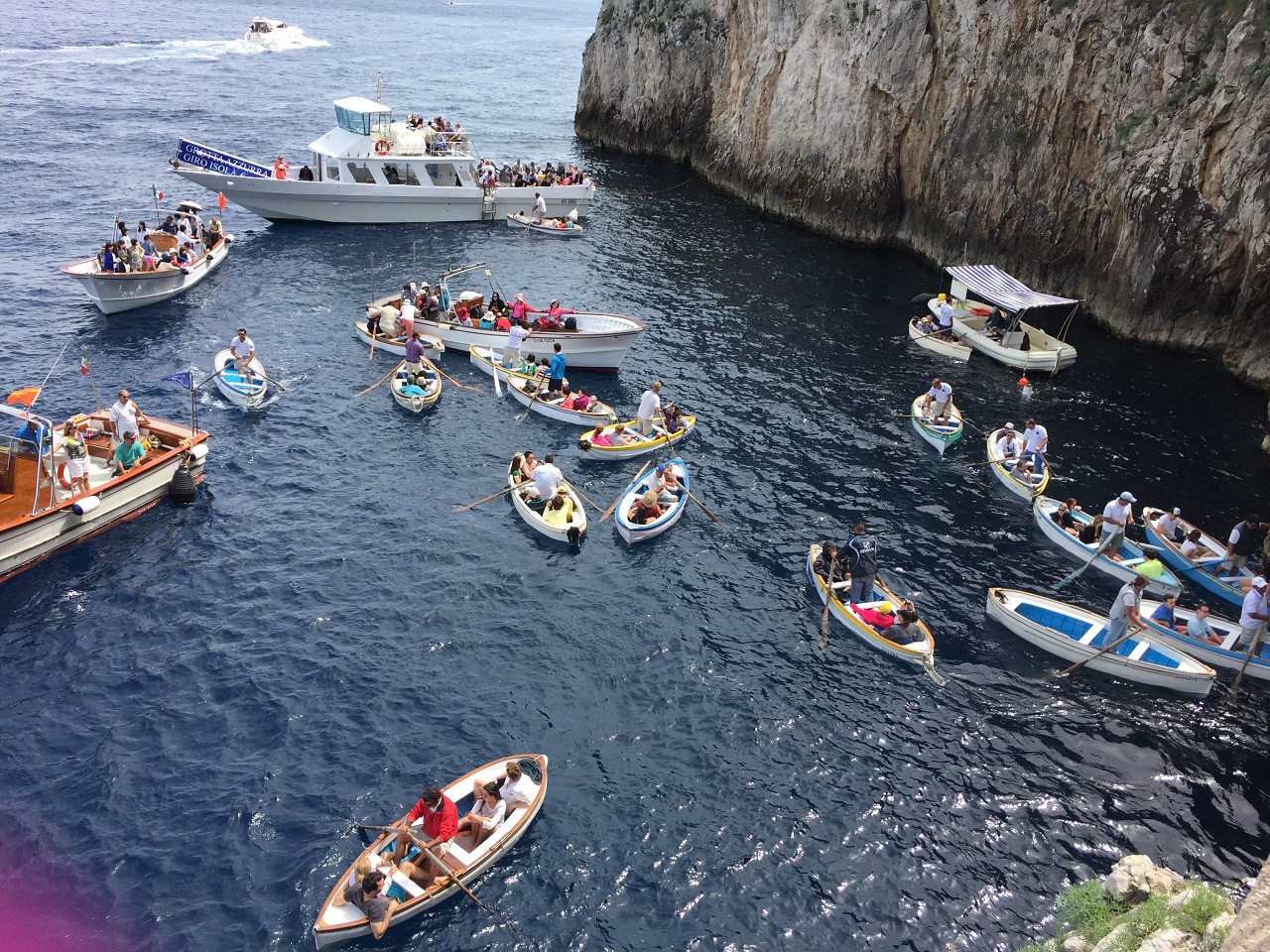
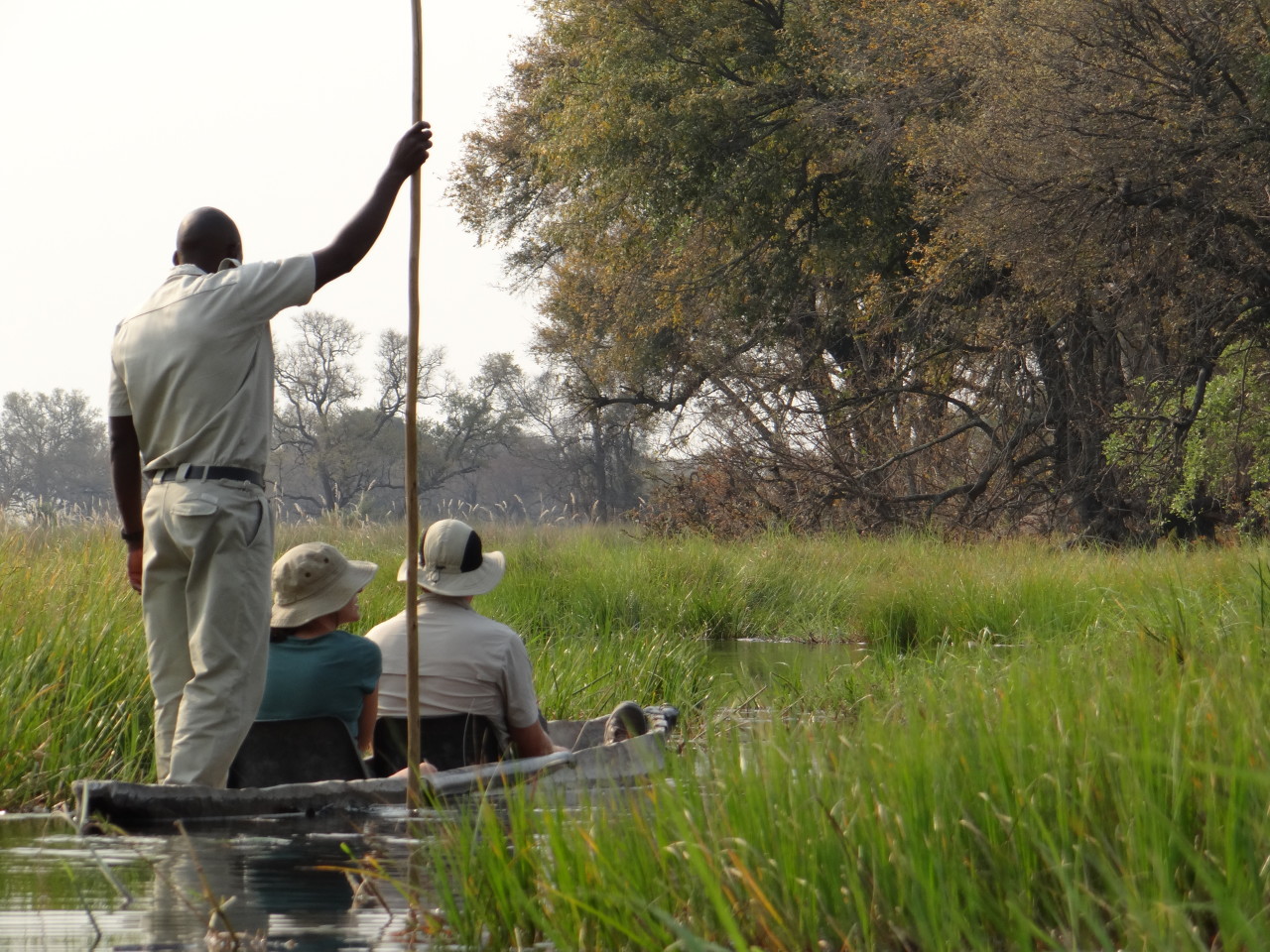
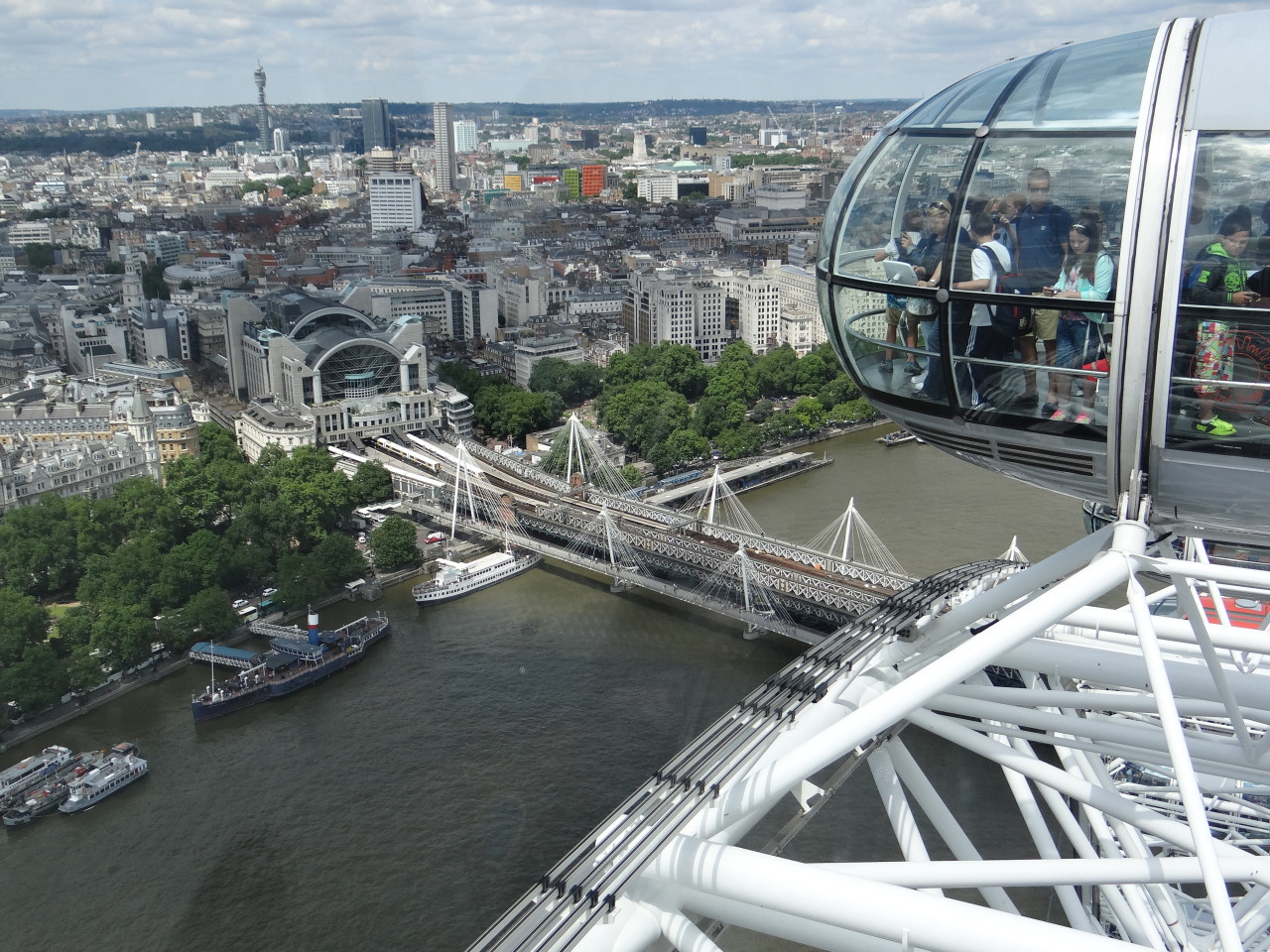
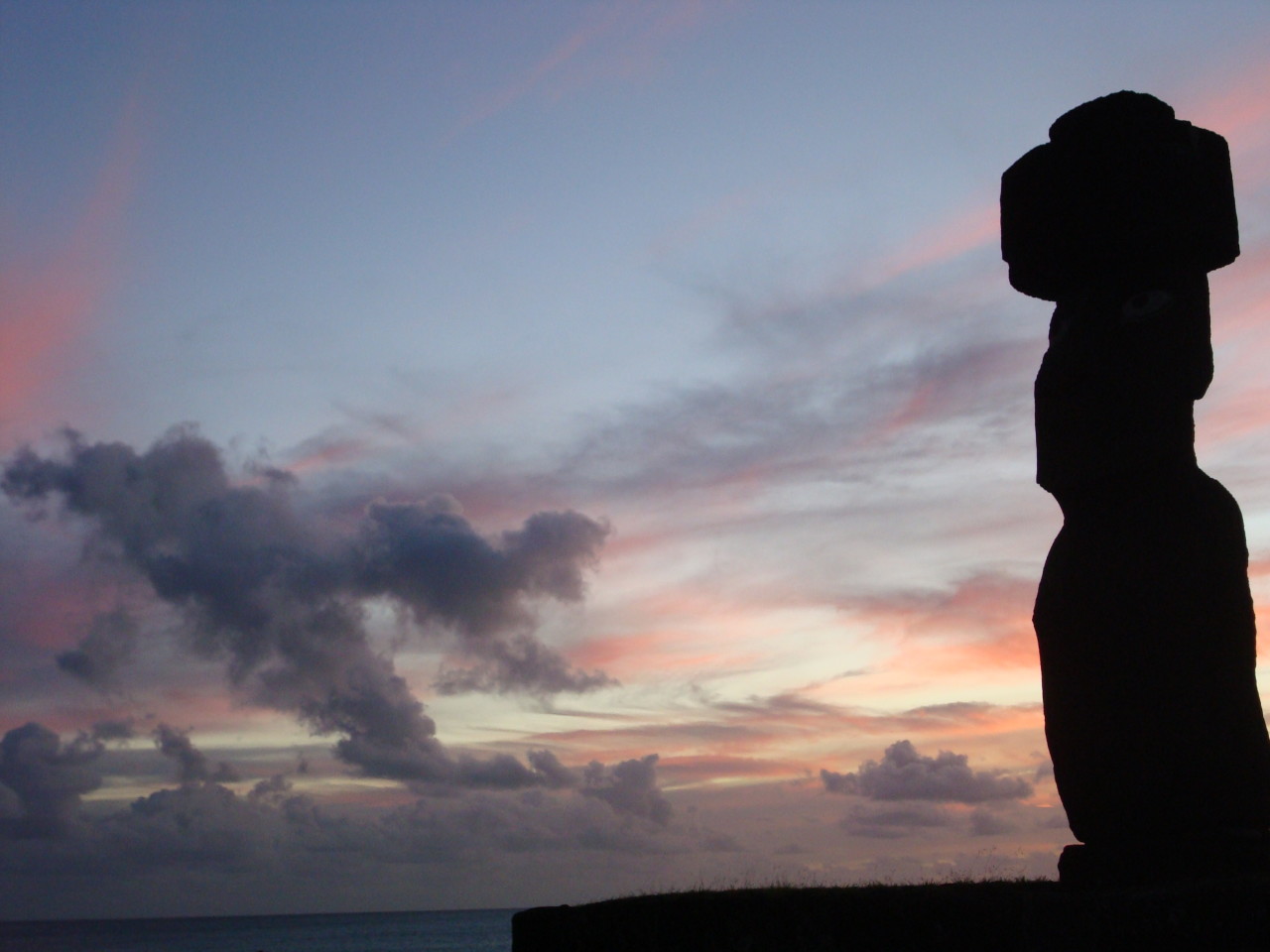

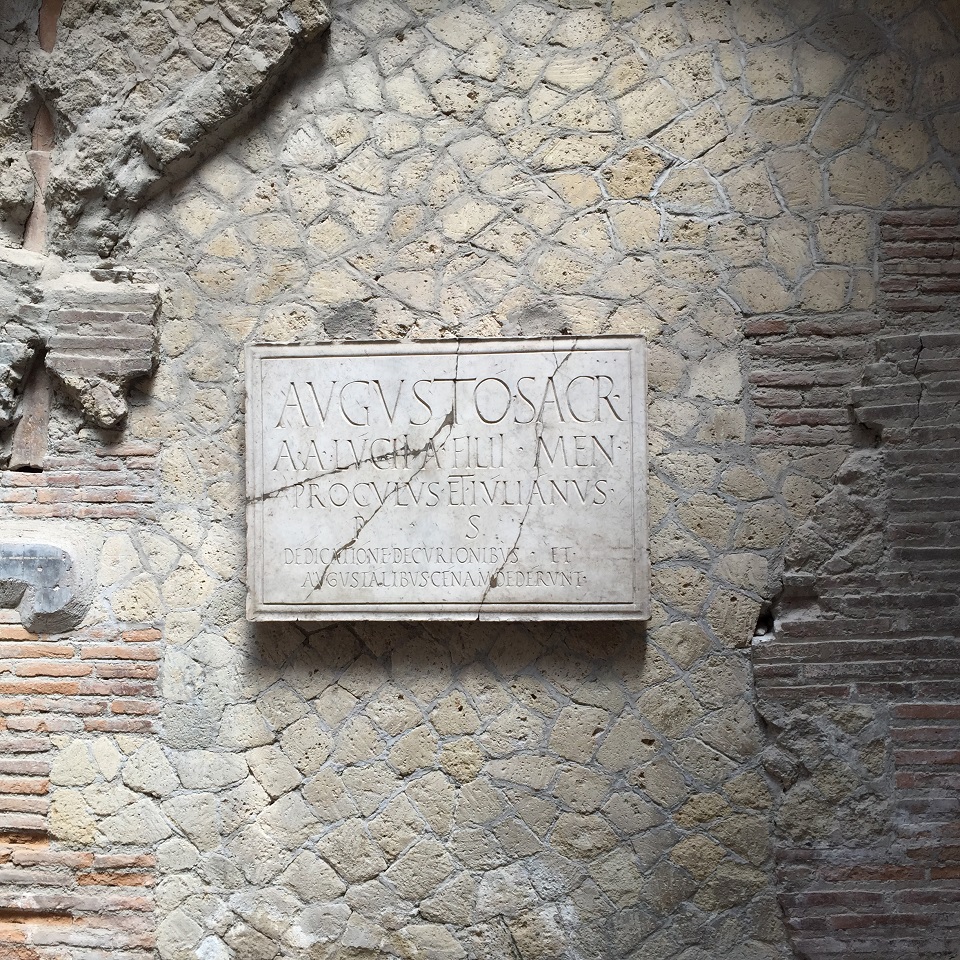
4 thoughts on “Visit Herculaneum – Surprising Details In the Shadow of Pompeii”
Another great read. After reading your post I wonder why Herculaneum is less popular than Pompeii? Your pics were wonderful and colorful. Even your juxtaposition of the apartments surrounding the site makes it even more real, less “history” lesson. Well done.
Thanks! Pompeii is much larger and easier to feed hoards of bus tourists into the site with guides. Herculaneum isn’t able to handle Pompeii type crowds as it is so compact. I like that Herculaneum is a hidden gem of history for those interested – it really was incredible to visit.
Just coming across this 2 years late. (Yes, the related posts plug in really works!) I was very disappointed that we did not have time to visit Herculaneum when we were in the Naples area on a group tour in April. We visited Pompei, but I’d read, and I think your post confirms, that if you only have time for one, Herculaneum has a more connection to the past feel.
Comments are closed.